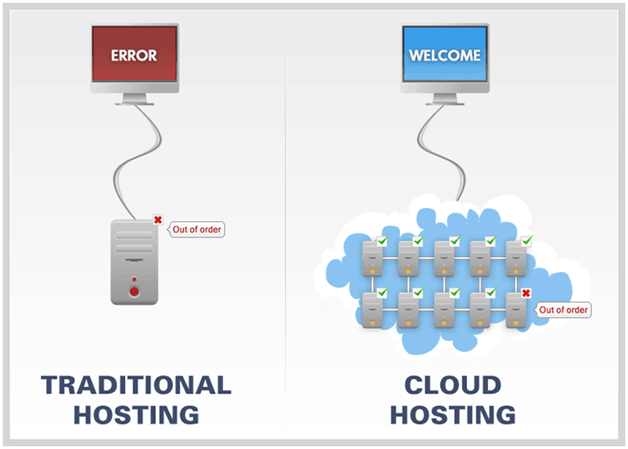Cloud-Based vs On-Presmise Software: A Comprehensive Comparision
The advent of cloud computing has revolutionized the software industry, offering a viable alternative to traditional on-premise software solutions. In this article, we'll compare cloud-based software to on-premise solutions, focusing on crucial factors such as flexibility, speed, configuration, maintenance, accessibility, security, and cost.
Flexibility and Scalability
Cloud-Based Software
The cloud's elasticity is one of its most compelling selling points. With cloud software, it's like having an expandable digital 'RAM'. Scaling your software to meet increasing user demands is as easy as adjusting your subscription plan. Moreover, you can swiftly add or remove features, change user licenses, and switch service plans. These changes take effect immediately, catering to your business's dynamic needs.
On-Premise Software
On-premise software, on the other hand, requires a hands-on approach to scalability. You might even need to physically change the RAM chip or purchase additional software or hardware, which costs more money. The server capacity can only be expanded to a certain limit. Moreover, you typically have to buy software licensing in blocks, potentially leading to over-purchasing. Deploying these blocks also comes with its challenges, and you may end up paying full resource price without utilizing all resources.
Speed and Horsepower
Cloud-Based Software
Cloud services come with high-speed networks coupled with multiple data centers worldwide, translating to a fast and efficient product. If you need more speed, you can quickly scale up without having to buy parts for an onsite server. Imagine being able to make your car faster just by clicking a button.
On-Premise Software
While on-premise software's speed depends on your server's capacity and network connection, it may not match the cloud's speed, especially for geographically dispersed users.
Configuration
Cloud-Based Software
Cloud software offers a more straightforward configuration process. As a new user, you can provide your preferred configurations, and your cloud provider will tailor the software to your needs.
On-Premise Software
On-premise software might require a more complex configuration process, often needing a dedicated IT team's expertise.
Maintenance
Cloud-Based Software
All maintenance for cloud software is done offsite. You don't need to hire a person to manage your server. Moreover, updates can be done instantly without shutting down the system, ensuring minimal disruption to your operations.
On-Premise Software
With on-premise solutions, updates must be manually installed, which could lead to inconsistencies if not installed on all devices. Continuous maintenance by a professional IT team is necessary, and you may need to replace the server after 3-5 years.
Accessibility
Cloud-Based Software
Cloud software offers superior accessibility. With a larger customer support team that's specialized for the product, you get better and more direct support. Additionally, cloud-based software can be accessed anywhere with an internet connection, increasing productivity for remote teams.
On-Premise Software
While on-premise software can also be accessed remotely, it often requires additional setup and may not offer the same level of support or accessibility as cloud-based software.
Security
Cloud-Based Software
Cloud software providers offer robust data security, including data redundancy—your data is copied and stored in multiple locations. This means that if one server fails, your data is still safe. Cloud providers also have access to the latest security patches and employ security experts to protect your data.
On-Premise Software
On-premise solutions are maintained by your IT team. While this gives you more control, it also means your team must continually keep the system up to date. Older software may have vulnerabilities no longer patched by the manufacturer, increasing your risk.
Cost
Cloud-Based Software
With cloud-based software, you pay for what you use on a subscription basis, making it a cost-effective solution for many businesses.
On-Premise Software
On-premise solutions, conversely, might end up being more expensive. You need to pay for full resources, even if you're not using them all. Maintenance, cooling, power, IT costs, and potential additional hardware or server costs all add to the total expenditure.
In conclusion, while both cloud-based and on-premise software have their pros and cons, the choice between the two depends on your specific business needs, resources, and technical capabilities. Cloud solutions tend to offer more flexibility, scalability, and cost-effectiveness, but on-premise solutions can provide more control and customization. Consider your business's unique needs to make the best decision.
Conclusion
The cloud is the right answer in almost all cases. Now, if you are part of a company that uses large files consistently, then on-premise might be the answer for you. If you need to access CAD files for big engineering projects, then the decision to have an on-premise server makes a lot of sense. For everyone else, the way to go is the cloud. With the amount of configuration possibilities and reliability, cloud solutions check off all of the boxes most companies need. Welcome to a brighter future…Welcome to the cloud.

